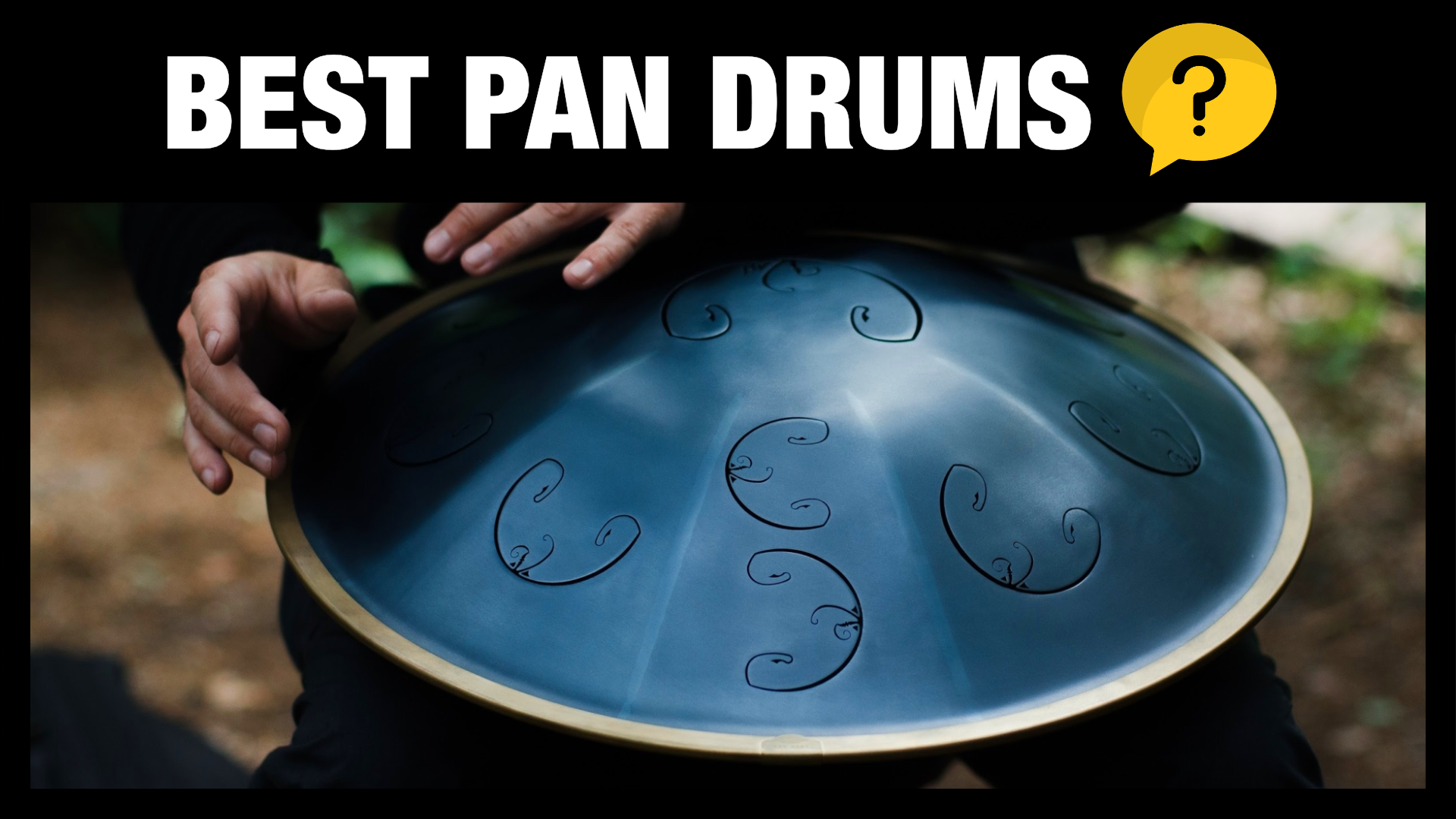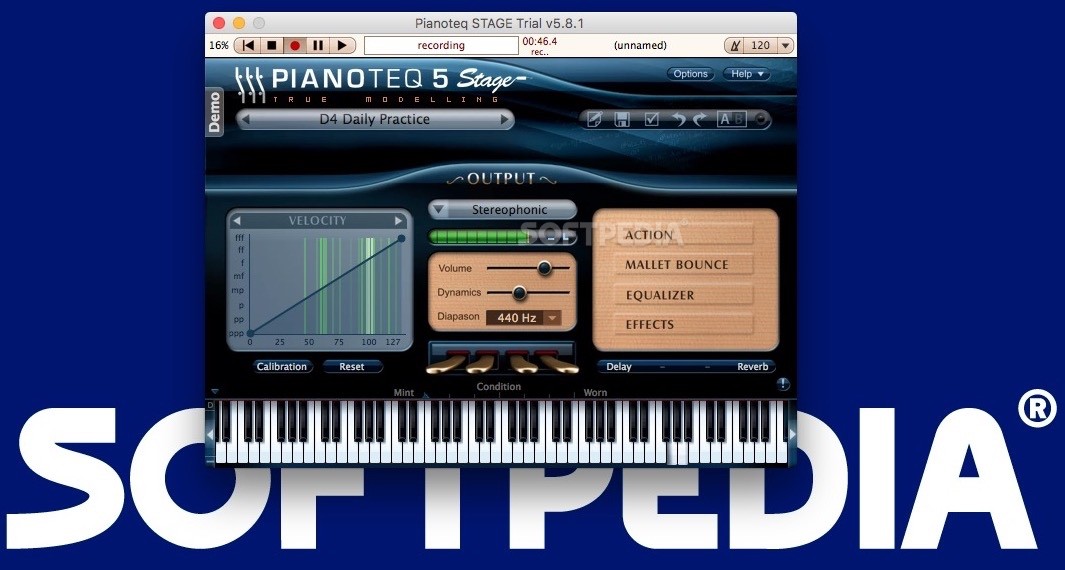
#Modartt pianoteq 5 update
The update also introduces a new dampening feature, using mallets as dampers while using the sustain pedal. The newly released update 7.5 of Pianoteq offers desired improvements of the sound of several grand piano models including Steinway D, Steinway B, Steingraeber E-272, Bluethner Model One, C.
#Modartt pianoteq 5 software
I feel blessed to be sharing the wonderful gift of music – the language of feeling – that helps us make sense of living in this complex and often troubling world.Pianoteq have update there software to 7.5 with quite a few improvement. Now I aim simply to be a humble servant of the music, playing my part in sharing its extraordinary joy and pathos. Healing those wounds is a long, continual process and a great opportunity for growth and insight, both as an artist and teacher. As a young musician, I was put under far too much pressure by the conventional music education system, and this hurt me badly. I dislike today’s competitive climate – rooted in cold commercialism and status-seeking – that weakens this true purpose of music.

Music offers tremendous joy, solace and catharsis and when I make music, it’s to provide this for myself and others. Improvising like this forms the core of my own practice, as well as my teaching. To this day, I enjoy nothing more than playing unplanned improvisations, exploring melody, harmony and rhythm to express my inner feelings in a way that is clear and accessible. I simply wanted to indulge my fascination with how rhythmic and tonal patterns are formed organically from deep simple principles and elements and to express myself musically with spontaneity, honesty and conviction. As a child, I rebelled against this passive approach with a quiet determination. Most musicians are trained in ways that are essentially passive – following theoretical or technical instructions or relying on intuitive mimetic skills. True musical fluency is a neglected area of music education today. I adore beautiful, soulful melodies, infectious rhythms, flowing grooves, lush harmony, all in the service of vivid musical storytelling. I love to create music that “speaks” directly and vividly to the listener, music with a real depth of feeling but which is always unpretentious and accessible. So, once these core fluent skills are solidly in place, I’m happy to work with students in any style or genre.Īs an artist, I have two main projects: as Phil Best, I create classical-based solo piano music – both my own compositions and improvisations as well as classical repertoire and as PJ Best, I create soulful jazz-based songs and piano pieces. Fluency in the language of music gives us access to such a wide range of very useful skills in any genre of music. I use a somewhat radical approach… one that I developed specifically for the purpose of training fluent vocal and keyboard musicianship ( ). My own experience as a musician inspired my unique approach as a piano teacher and singing teacher.

This is because the conventional approach to teaching piano – used by my other two teachers – really didn’t suit me at all. But in reality, most of my fluent skills are self-taught. I was lucky to have studied with two wonderful teachers, who supported my desire to become a particular kind of musician – one with real fluency in the language of music. And I’ve been exploring this musical vocabulary and syntax with great curiosity since I was a small child. Music is a language shared between human beings to express deep feelings that are beyond the scope of words.


 0 kommentar(er)
0 kommentar(er)
